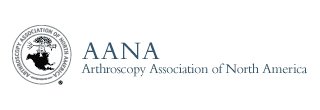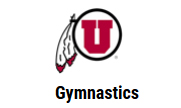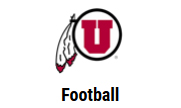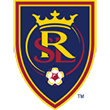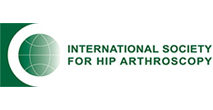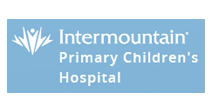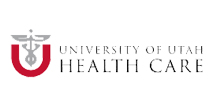Fractures
- Preparing for your Clinic Visit
- Preparing for your Surgery Day
- Procedures
- What to Expect After Surgery
- Follow Up Appointments
- Support Numbers
Fractures are more common in children due to their activities as well as their bone properties. Children are more active than adults and management of fractures in them also differs as compared to that in adults. Fractures occur when the bone is subjected to excessive stress than normal. It is very common in children because of the presence of a growth plate which is the area of the child’s bone that consists of cartilage cells that transform into solid bone as the child grows. Growth plate fractures occur more often because it is the weakest area in the bone.
Children with growth plate fractures may complain of pain and localized tenderness over the growth plate. There may or may not be any swelling or an obvious deformity. Clinical examination and X-rays will be required for diagnosis of a growth plate fracture.
Once your doctor has confirmed the diagnosis of growth plate fracture, the treatment options will be discussed. If there is a non-displaced fracture in which the broken bone ends remain aligned in correct anatomic position, then casting is the treatment option. A reduction will be necessary if the fracture is displaced and this is done under local or general anesthesia. A confirmatory X-ray will be taken to ensure correct positioning of the fracture ends after reduction. In certain cases, surgery may be required to reposition the growth plate fracture into healing position.
Your doctor will schedule a follow-up visit after a few months during which X-rays will be taken to check for normal bone growth. If any growth disturbance or deformity is detected, further treatment becomes necessary.













